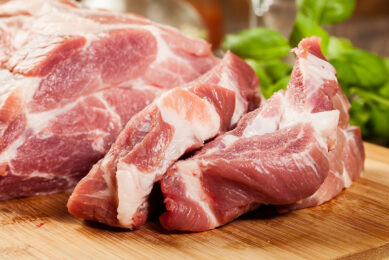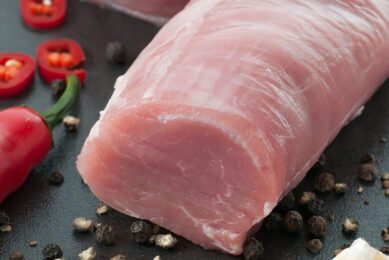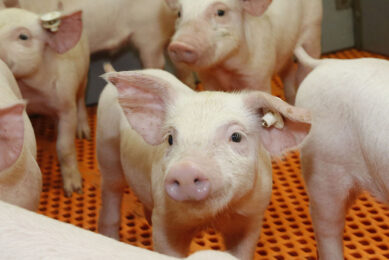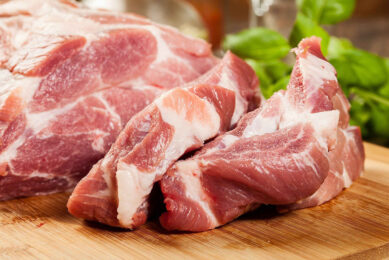Investigating optimal isoleucine to lysine ratio in pig diets
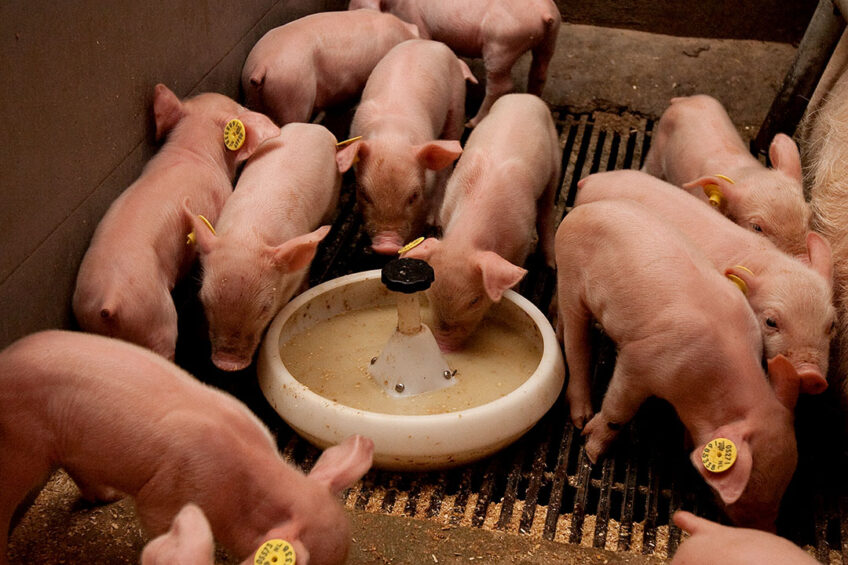
To avoid impaired growth performance in crude protein reduced feed, the diets have to be supplemented with crystalline amino acids in order to meet the animals’ requirements.
Commercial pig diets are routinely supplemented with lysine, methionine, threonine, and tryptophan. In typical European vegetable diets, valine is expected to be the fifth limiting amino acids, and isoleucine the sixth.
Factors such as gender, production stage, or health status may influence requirements. Because the branched-chain amino acids (i.e., valine, leucine, and isoleucine) share common catabolism, dietary interactions between these amino acids potentially influence their requirements. Literature shows clear evidence that a deficiency in isoleucine leads to a decrease in feed intake and consequently to poor performance in nursery piglets. However, there is conflicting information about the accurate isoleucine requirement.
Metabolism of isoleucine
In contrast to other amino acids, branched-chain amino acids are not primarily metabolised in the liver but in the muscle. Valine, leucine, and isoleucine share a common metabolism because they are degraded by the same enzymatic system in a 2-step process (Figure 1). First, the branched-chain amino acids are degraded by the branched-chain amino acids transaminase to form branched-chain α-keto acids. In a second step, branched-chain α-keto acids undergo oxidative decarboxylation catalysed by branched-chain α-keto acids dehydrogenase complex enzyme.
Figure 1: Metabolism of branched-chain amino acids

A leucine oversupply may affect the requirement of valine and isoleucine because leucine acts as a stimulator for the common enzyme system and consequently reduces the availability of valine and isoleucine. Blood by-products, in particular, are very high in leucine and extremely low in isoleucine, which creates a strong imbalance between the branched-chain amino acids when these products are used in piglet diets. In this case, an excess of leucine seems to have a bigger impact on isoleucine rather than valine.
Isoleucine requirements
Considering the established nutritional recommendation standards (Table 1), the optimal digestible isoleucine to lysine ratio varies between 51% and 58%. CJ Europe recently suggested an optimal isoleucine to lysine ratio of 54% during the total rearing period.
In a study using 24-39 kg pigs, isoleucine to lysine ratios were investigated in diets with moderate leucine content. The optimum SID isoleucine to lysine ratio was approximately 54% for pigs fed diets containing non-excess levels of leucine. In an earlier study, the optimal isoleucine to lysine ratio in starter pigs from 7-11 kg was investigated in diets with 7.5% spray-dried blood cells (SID leucine to lysine 162%). On average, SID isoleucine to lysine ratio was estimated to be 61%.
In a meta-analysis, the isoleucine requirement of growing pigs was investigated. The presence of blood products in a diet had a significant influence on isoleucine requirement. Blood products have very low isoleucine concentration but a very high concentration of leucine, phenylalanine and histidine. Excess leucine, in particular, seems to increase the requirement for isoleucine. Consequently, in diets with and without blood products, an optimal SID isoleucine to lysine ratio of 55% and 50%, respectively, was suggested.
Conclusion
Information about the isoleucine requirement in pigs is limited and sometimes conflicting. Mainly the use of blood products in the diet has an impact on estimated isoleucine requirements. Based on the available literature, an optimal SID isoleucine to lysine ratio of 53-55% is suggested.
References available on request
By: Diana Siebert



